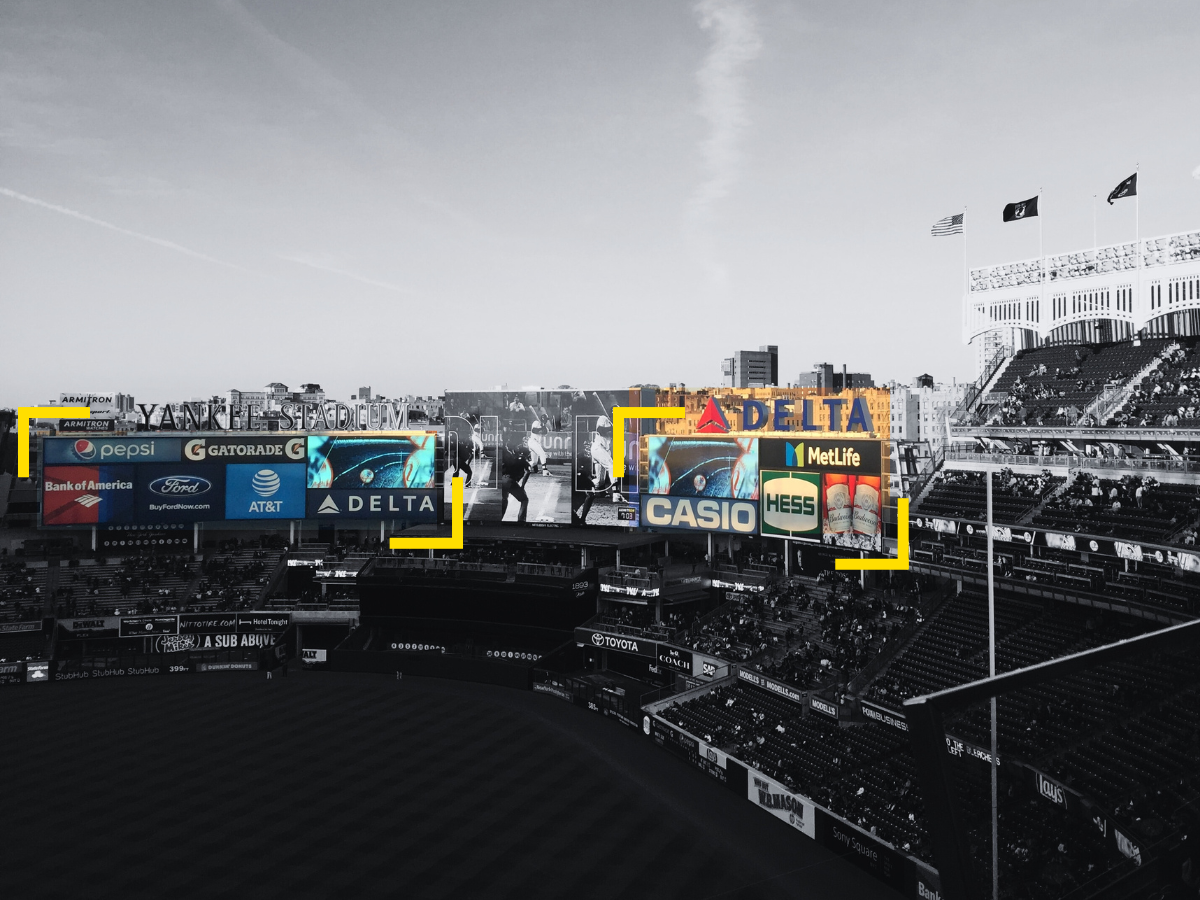Using Data to Create an Effective Brand Awareness Strategy in Sports Sponsorship
Oct 25, 2023 Brand Awareness

As a data-driven, yet brand-savvy marketer, I have seen firsthand the power of harnessing hard metrics to run effective brand awareness strategies in sports sponsorship. With the rise of data and reporting perpetuated by AI, we marketers have more opportunities than ever to systematically increase brand exposure in sports sponsorship. However, as calculated as these campaign optimizations may come, there is certainly still an art and science to measuring and optimizing brand awareness, particularly regarding brand activations across sports sponsorship. Here are just a few of my insights on the priority KPIs that every brand marketer should measure, the optimal frequency for tweaking your campaigns, and the expectations they should have in partnerships with rights holders.

1. Measuring KPIs:
The first step in creating an effective brand awareness strategy in sports sponsorship is to identify the key performance indicators (KPIs) that you want to measure. The three critical KPIs are reach, engagement, and ROI.
- Reach refers to the number of people who come into contact with your brand through sponsorship, such as in-venue attendance, viewership, social media followers, and website traffic.
- Engagement refers to the level of interaction that people have with your brand, such as likes, comments, shares, and retweets.
- ROI refers to the financial return on investment from your sponsorship activities, such as sales revenue, cost per impression, and cost per acquisition.
2. Frequency for Tweaking Campaigns:
Once you have identified the metrics that you want to measure, the next step is to set the frequency for changing and optimizing your brand awareness campaigns. This process should be ongoing and data-driven to ensure that you are iteratively driving towards the best results. Take our clients at Stanley Black and Decker - the campaign optimizations completed during the season a shift in the position of their signage saved $1.3M in potentially lost sponsor media value. Ideally, brand marketers should analyze their data on a monthly or quarterly basis and use the data to adjust their strategies.
3. Expectations in Partnerships with Rights Holders:
When it comes to partnerships with sports rights holders, it is crucial for brand marketers to set realistic expectations. Some of the key expectations that should be considered include the level of exclusivity offered in the sponsorship deal, the level of control over marketing and advertising, the performance guarantees, and the level of investment required. It is also important to remember that sports sponsorship is a long-term investment that requires patience and persistence to succeed.
4. Building Relationships:
Finally, building strong relationships with sports rights holders is essential for creating successful brand awareness strategies. Brand marketers can develop strategic partnerships that yield optimal results by building trust, understanding their needs, and working collaboratively. Being transparent and communicative with rights holders is also key to creating a positive and mutually beneficial relationship.
Effective brand awareness strategies in sports sponsorship require data-driven insights, ongoing optimization, realistic expectations, and strong relationships with rights holders. By analyzing the key KPIs, setting the optimal frequency for tweaking and optimizing, setting realistic expectations, and building strong relationships, brand marketers can create successful brand awareness strategies that drive results. With the right approach and mindset, sports sponsorship can be a valuable and effective marketing tool for businesses across all industries.